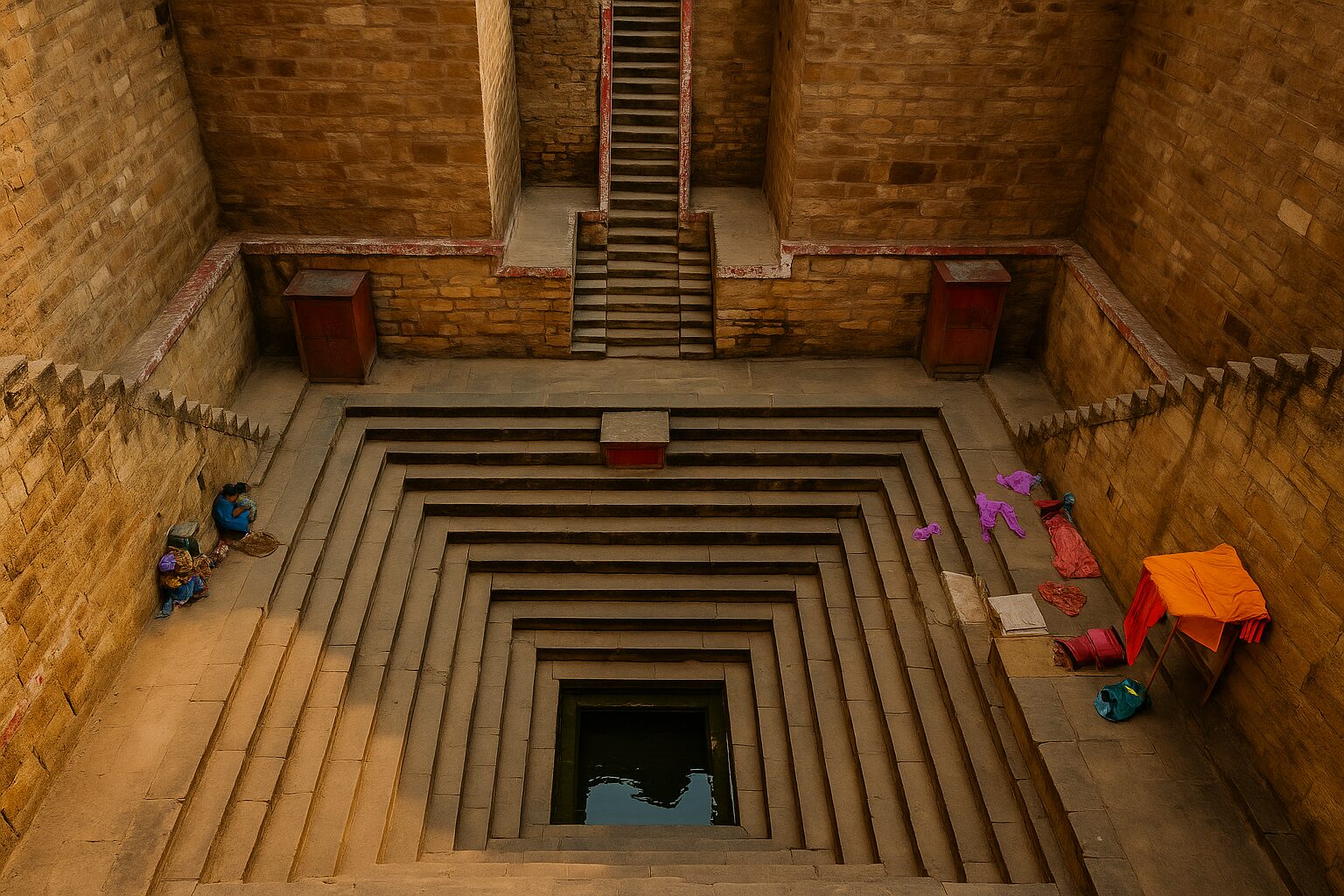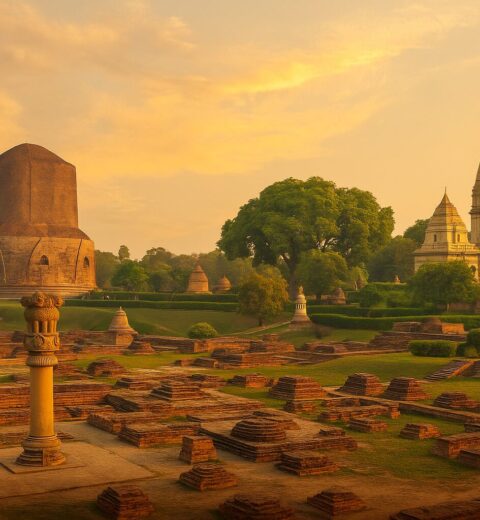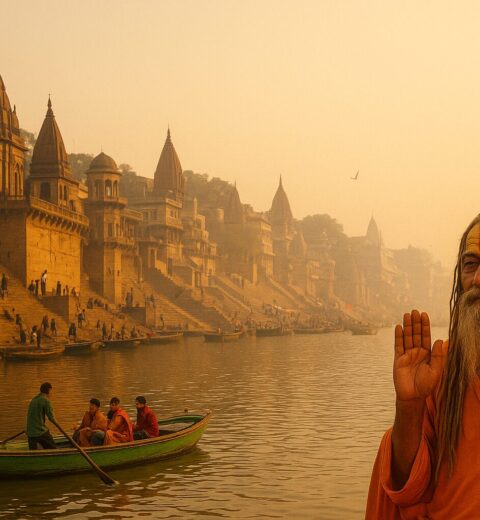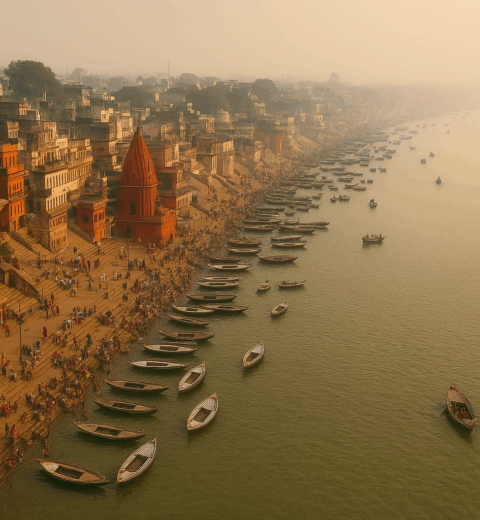There is a Varanasi you’ll find in maps — and then there’s the one that finds you. Away from the crowds and camera flashes lies the soul of this eternal city — in its unexplored ghats, forgotten havelis, mystical ashrams, and whispered rituals. Here’s a collection of trails and places — hidden gems of Varanasi.
Ghat Trail – Stories in Stone and Silence
Tulsi Ghat
Named after Goswami Tulsidas, Tulsi Ghat is steeped in literary and devotional heritage. The saint-poet is believed to have composed the Ramcharitmanas here. Near the ghat, the Tulsi Smarak marks his samadhi. Just above the ghat is a traditional akhada where pehelwans still practice mud wrestling each morning, continuing a legacy of spiritual discipline through physical rigor.
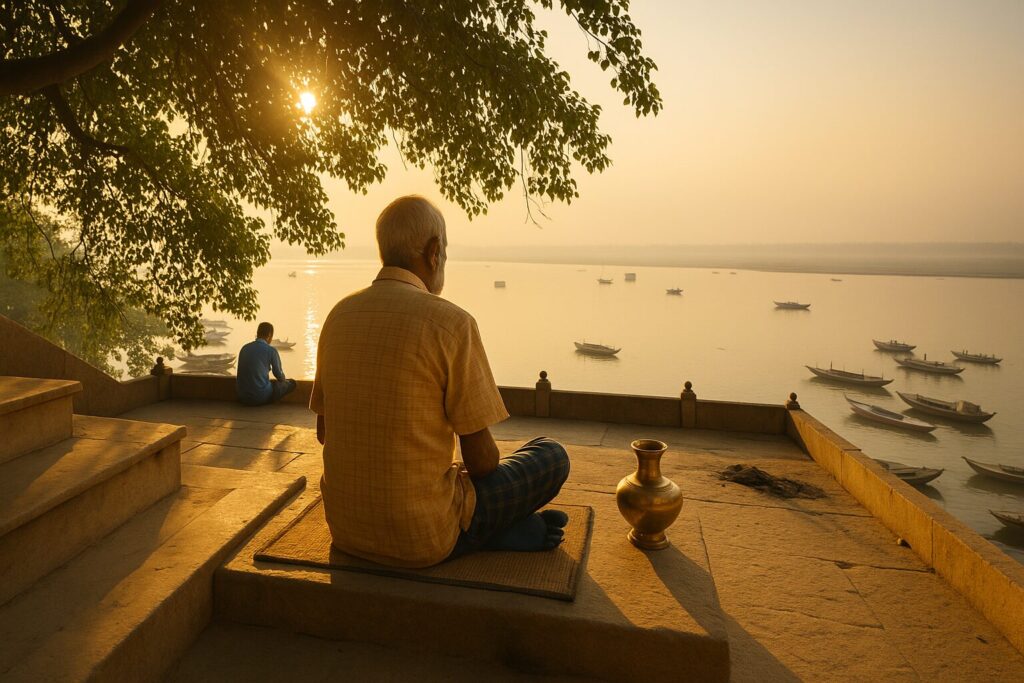
Lolark Kund
Tucked just behind Tulsi Ghat, Lolark Kund is an ancient stepwell mentioned in the Kashi Khand and Satpath Brahmana. Couples visit during Lolark Shasthi to pray for fertility and bathe in its sacred waters. Its 15-meter-deep rectangular design, along with restoration by Ahilyabai Holkar, makes it both spiritually and architecturally significant.
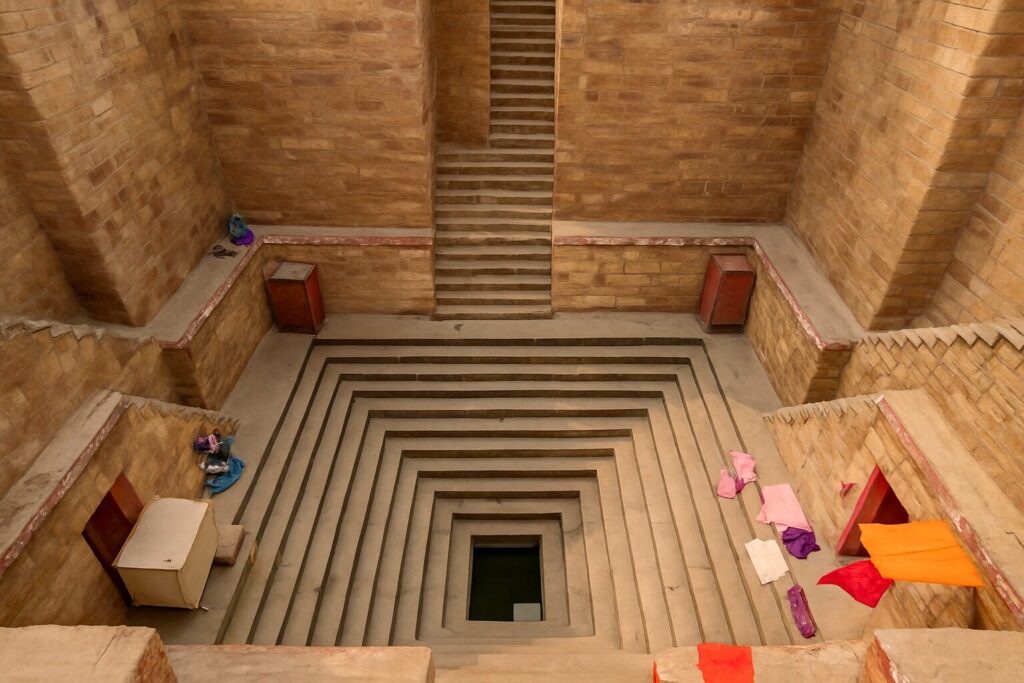
Mansarovar & Mansingh Ghat
Built by Raja Man Singh and named after the Himalayan lake, this ghat is home to the Man Mandir Palace and the Jantar Mantar observatory. The palace rooftop offers panoramic views of the city. A light and sound show here brings alive Banaras’ celestial and historical legacies.

Chet Singh Ghat
South of Shivala Ghat lies Chet Singh Ghat and its imposing fort, once a bastion of resistance against British rule. Early morning visits are ideal to experience its quiet, historical charm.
Lalita Ghat
This ghat houses the Kathwala (Nepali) Temple, a 19th-century wooden replica of Pashupatinath Temple. Nestled amidst trees, it offers a tranquil spot for contemplation and stunning views of Nepalese-style architecture.
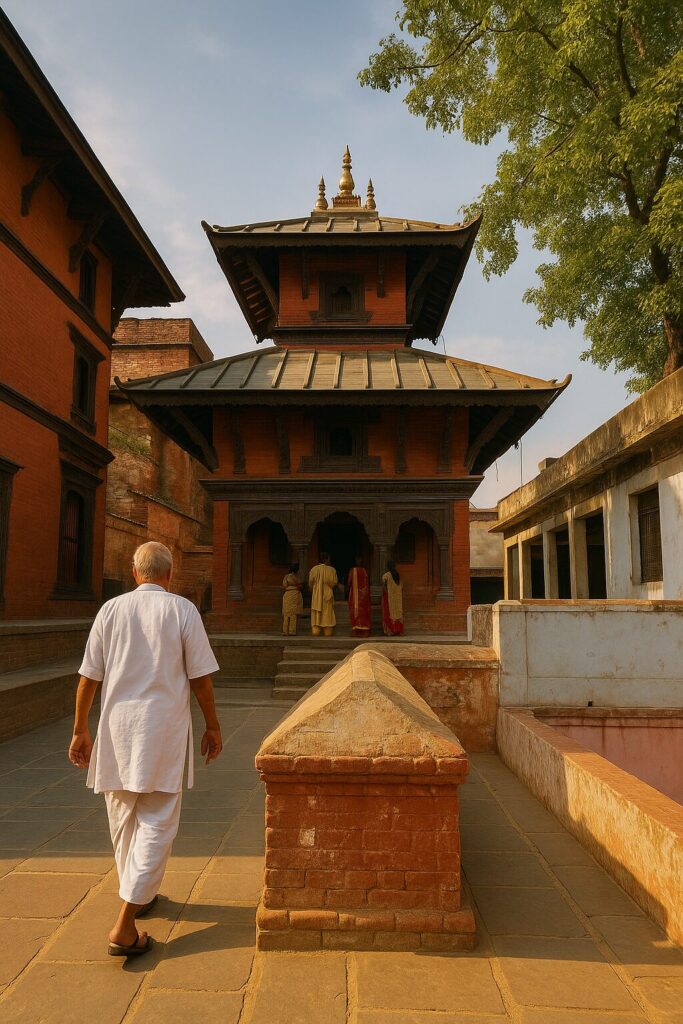
Bhonsale Ghat
Built by the Marathas of Nagpur, this ghat showcases regal balconies and stone carvings. Often overlooked, it hosts morning yoga sessions and Vedic chanting.
The Weavers’ Trail – Where Threads Carry History
Madanpura
A dense warren of weaving homes near Vishwanath Temple, Madanpura is where the sound of handlooms is constant. The Ansari community here produces exquisite Banarasi sarees. If invited, you can witness intricate jamdani, jangla, and tissue work firsthand.
Sarai Mohana
Located 10–12 km from the city, this weaver village is filled with entire families involved in weaving, dyeing, and design. Far from tourist paths, it’s a place of humble artistry. NGO-supported initiatives are helping preserve this vanishing craft.
Tip: Don’t go to shop — go to listen. A cup of chai with a weaver reveals more than a showroom ever could.
Ashram Trails – Spiritual Sanctuaries of Varanasi
Baba Keenaram Sthal
Located in Ravindrapuri, this is the spiritual center of the Aghori sect, founded by Baba Keenaram. The ashram includes his samadhi, the eternal sacred fire (Akhand Dhuni), and symbols of Aghor tradition. Entry is open, but reverence is a must.
Ma Anandamayi Ashram
Located in Bhadaini near Tulsi Ghat, this ashram dedicated to Ma Anandamayi offers peace and feminine spiritual energy. Her samadhi, quiet meditation halls, and evening bhajans make this an oasis of calm.
Tulsi Akhada
Dating back over 400 years, this wrestling school near Tulsi Ghat upholds the ideal of physical strength as a spiritual path. Devotees train at dawn in traditional akhadas, embodying discipline, celibacy, and devotion.
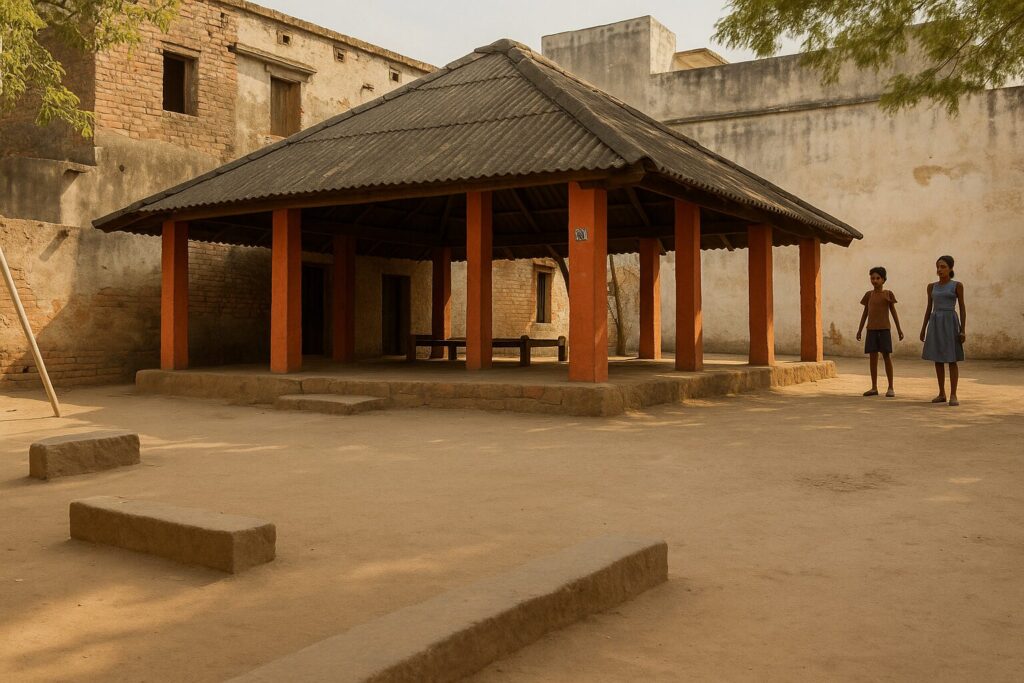
Kabir Chaura Math
In Kabir Chaura near Maidagin, this ashram preserves the teachings of poet-saint Kabir. It includes a manuscript museum, satsang hall, and community kitchen. The energy here is devotional, rooted in nirgun bhakti.
Ramakrishna Mission Ashram
Located near Sigra, this ashram blends Vedantic philosophy with community service. It has a vast library, meditation spaces, and cultural events open to the public.
Literary Trail – Footprints of Wordsmiths
Lamhi – Birthplace of Munshi Premchand
Located in Lamhi village on the outskirts of the city, this is where Munshi Premchand, one of India’s most beloved literary icons, was born. The home is modest, with a simple bust and memorial — mirroring the grounded realism of his stories about rural life, justice, and society.
Bharatendu Bhawan – The Legacy of Bhartendu Harishchandra
Often regarded as the father of modern Hindi literature and theatre, Bhartendu Harishchandra was born in Varanasi in 1850. His residence, Bharatendu Bhawan near Golghar, is now a research center and cultural space, preserving his handwritten works and memorabilia.
Jaishankar Prasad’s Varanasi
A towering figure of Chhayavaad (romanticism in Hindi poetry), Jaishankar Prasad’s home is in the Laksa area. Though not formally preserved, his presence is still remembered among local literary circles. He played a key role in the evolution of modern Hindi drama and poetry.
Mughal Echoes by the Ganga
Alamgir Mosque
Built in the 17th century by Aurangzeb atop the site of the destroyed Lord Vishnu Temple (Beni Madhav ka Darera), this mosque overlooks Panchganga Ghat. Originally crowned with two towering minarets, one collapsed in 1948 due to heavy rains, and the other was dismantled for safety. The mosque stands today as a symbol of the city’s layered identity and offers breathtaking views at sunset.
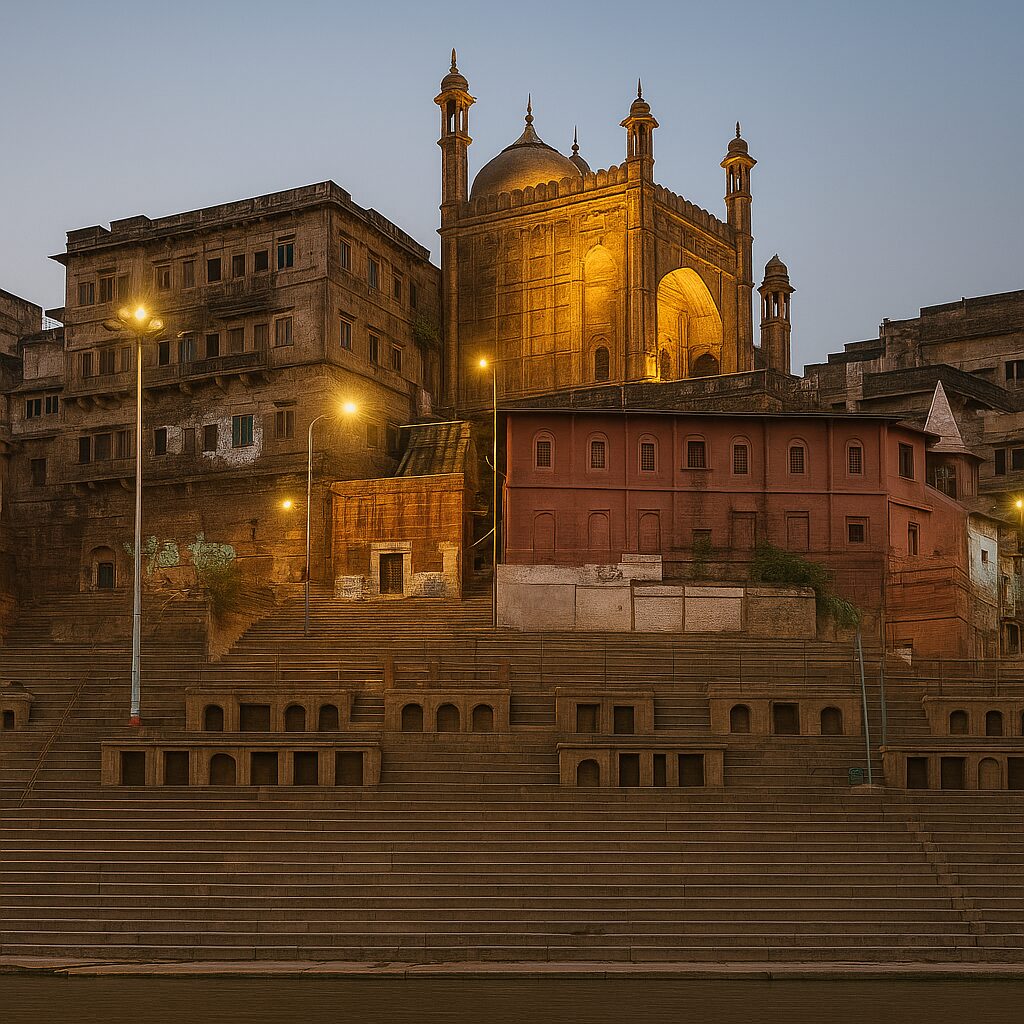
Tomb of Lal Khan
Near Rajghat and the Malviya Bridge, this 18th-century tomb honors Lal Khan, a nobleman in the court of Raja Balwant Singh. It features red sandstone, domed chhatris, and quiet gardens — ideal for those seeking a solitary moment of architectural admiration.
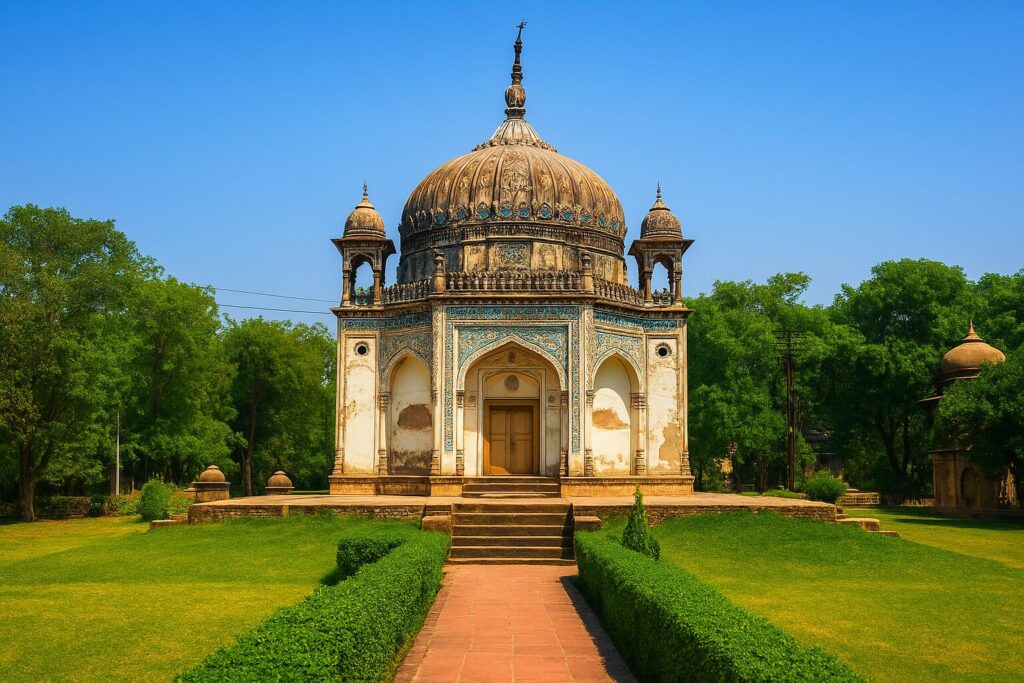
The Sarnath Circuit – Beyond the Stupa
Most tourists know Sarnath for the Dhamek Stupa, Ashokan Pillar, and the Archaeological Museum — all essential to understanding Buddha’s first sermon. But just beyond are international temples that add new layers to the spiritual journey.
The Pink Temple
The “Pink Temple” in Sarnath is also known as the Sivali Vietnamese Buddhist Temple. It’s a newer temple in Sarnath, located off the main campus, and is known for its large, beautiful Buddha idol. The temple’s pink colour led to its local nickname, “Gulabi Mandir”.
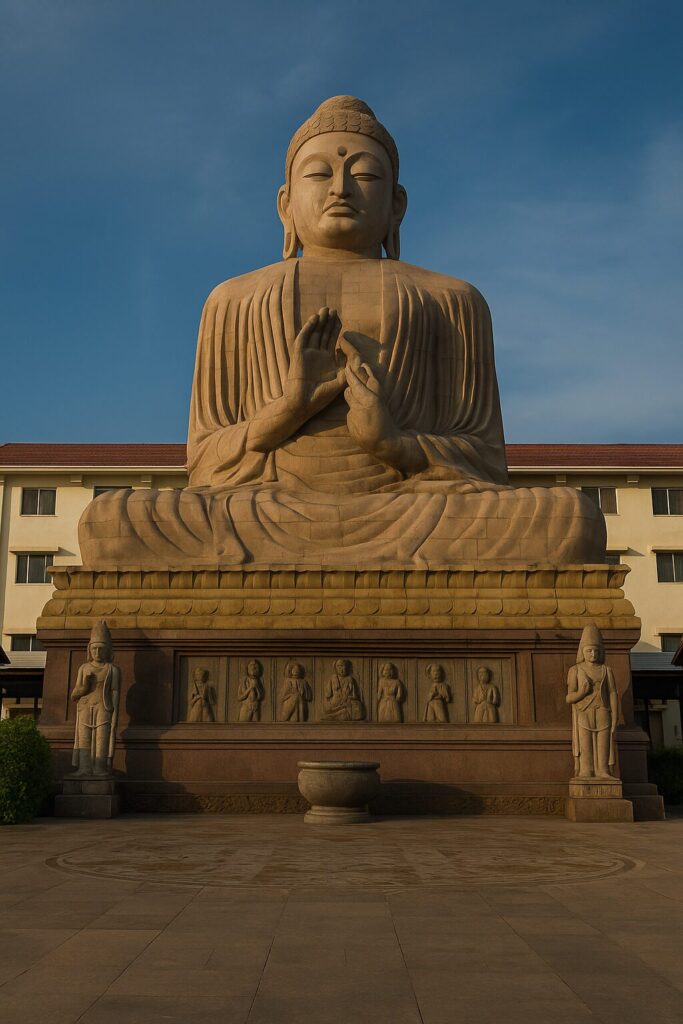
Chinese Buddhist Temple
This traditional Chinese-style temple includes tiled roofs, carved dragons, and incense-filled halls. Often empty, it offers quiet space for reflection.
Korean Temple
Minimalist, modern, and meditative — this Korean Buddhist temple is ideal for quiet time and seated meditation. Visitors are welcome, provided they approach with humility.
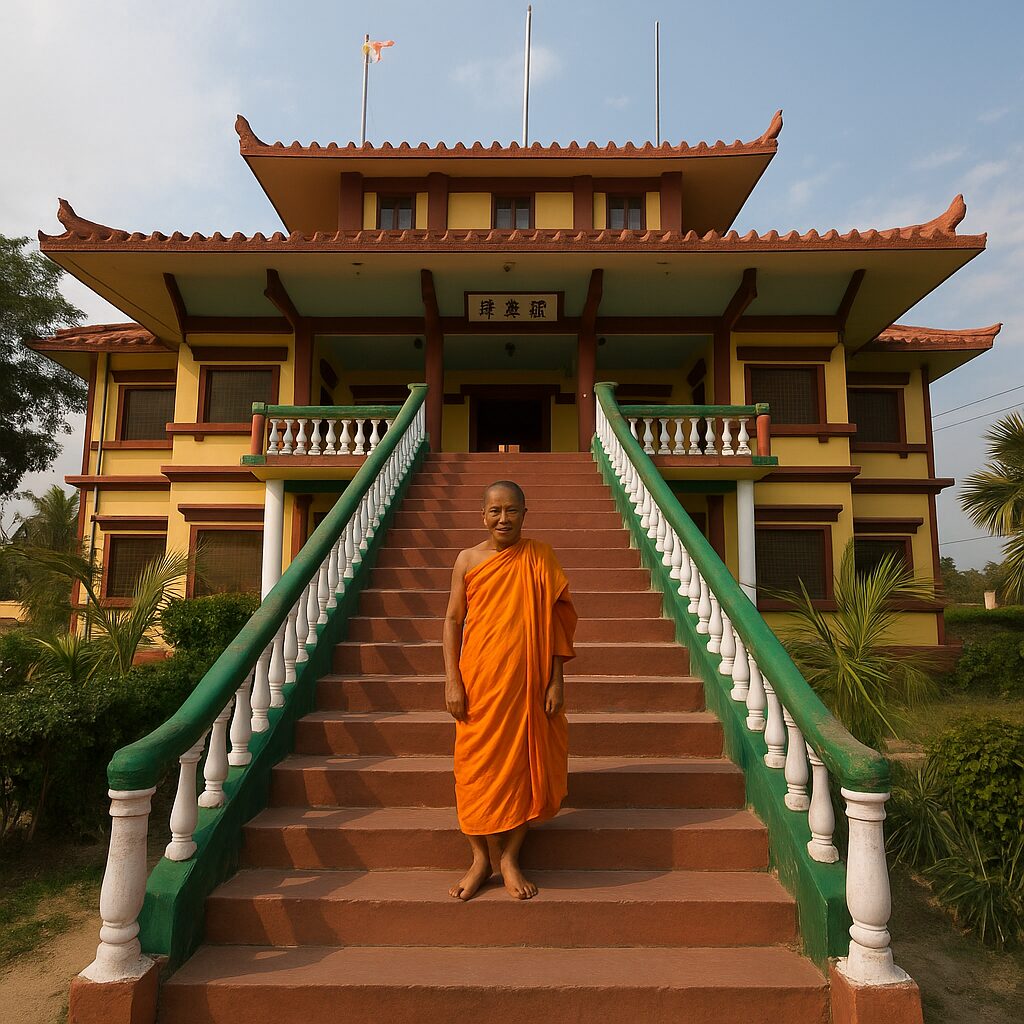
Cultural Detours – Art Beyond the Ghats
Bharat Kala Bhavan
Located within the Banaras Hindu University (BHU) campus, Bharat Kala Bhavan is a treasure trove of Indian art, culture, and heritage. The museum houses an exceptional collection of miniature paintings, textiles, sculptures, terracotta, and rare manuscripts. Its calm galleries offer a quiet escape and a deep dive into India’s aesthetic traditions, including exhibits tied closely to Varanasi’s own craft and cultural history.
Banaras doesn’t reveal itself all at once. Walk slowly, ask softly, and let the trails lead you inward.


